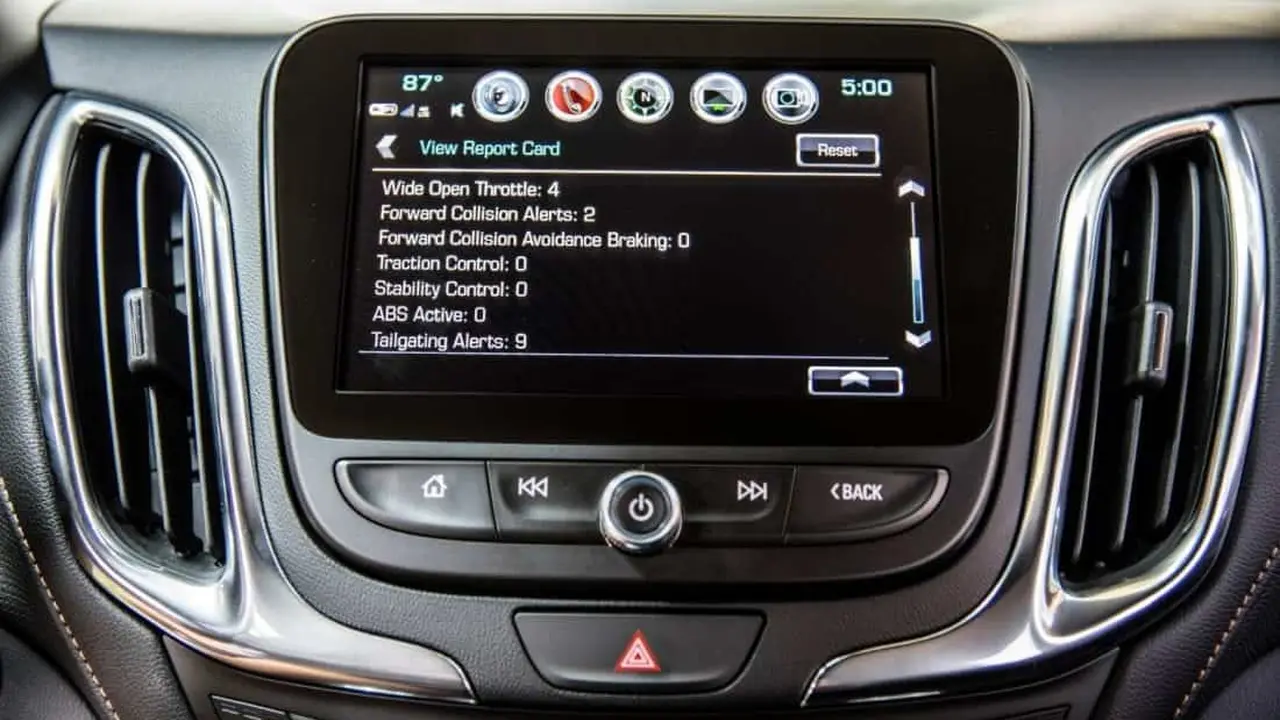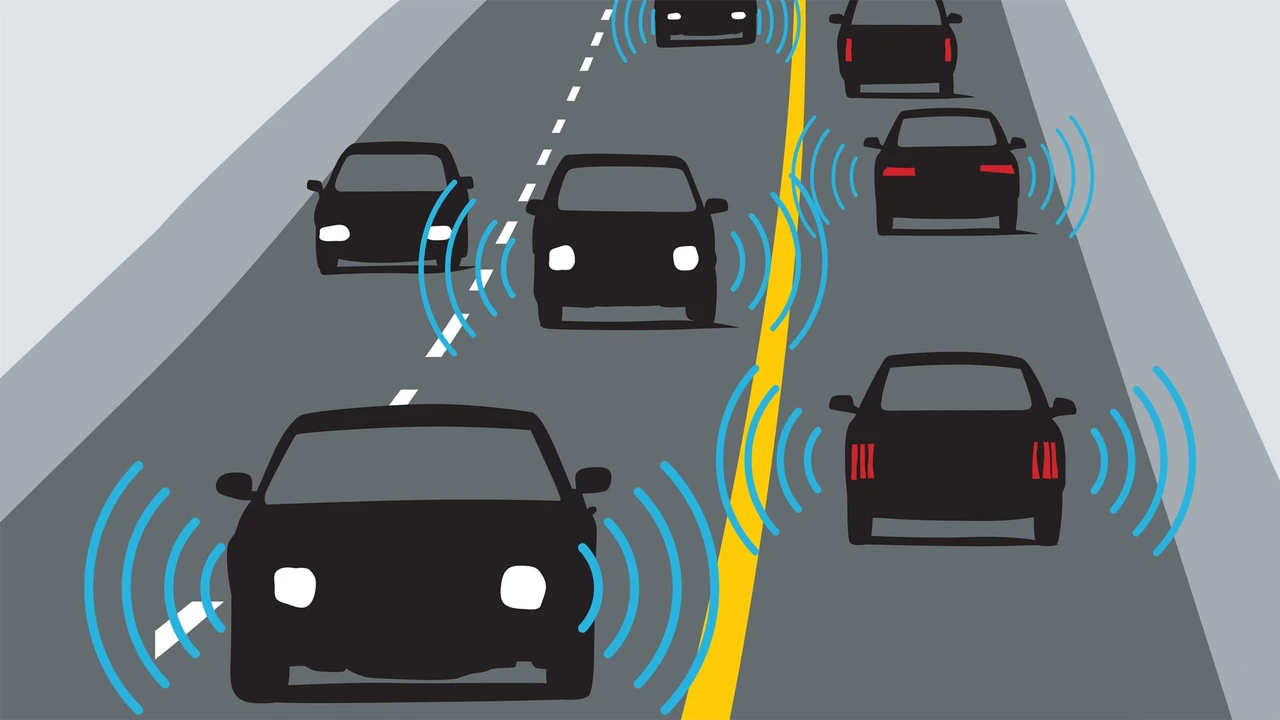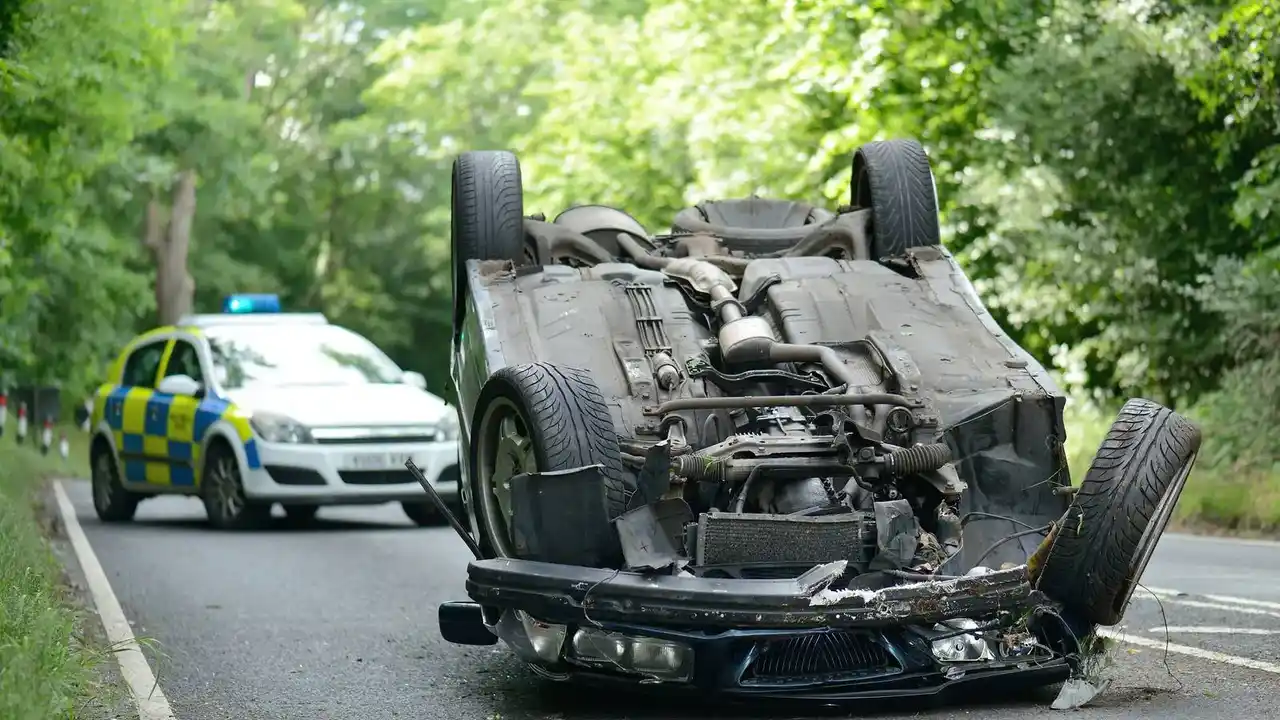The Impact of Technology on Teen Driver Safety

Understanding the Unique Challenges Faced by Teen Drivers and How Technology Can Help
Alright, let's talk about teen drivers. We all know they're statistically more likely to be involved in accidents. Why? Inexperience, distractions, and sometimes, a feeling of invincibility. But here's the good news: technology is stepping up to the plate to help keep them safe. We're not just talking about airbags and seatbelts anymore; we're talking about advanced driver-assistance systems (ADAS) that can actively prevent crashes.
The Rise of ADAS: A New Era of Teen Driver Safety
ADAS is a broad term encompassing a range of technologies designed to assist drivers and prevent accidents. Think of it as a co-pilot, constantly monitoring the road and intervening when necessary. These systems use cameras, radar, and sensors to detect potential hazards and provide warnings or even take corrective action. Let's dive into some key ADAS features and how they directly benefit teen drivers:
Forward Collision Warning (FCW) & Automatic Emergency Braking (AEB): A Safety Net for Inattentive Moments
Let's face it, teens are easily distracted. FCW uses sensors to detect when a collision with a vehicle ahead is imminent. It provides an audible and visual warning, giving the driver time to react. If the driver doesn't react in time, AEB kicks in and automatically applies the brakes to mitigate or even prevent the collision. This is HUGE for preventing rear-end collisions, which are common among young drivers.
Lane Departure Warning (LDW) & Lane Keeping Assist (LKA): Staying Between the Lines, Literally
Drifting out of your lane is a recipe for disaster. LDW uses cameras to monitor lane markings and alerts the driver if the vehicle starts to drift. LKA goes a step further, gently steering the vehicle back into the lane if the driver doesn't respond to the warning. This is particularly helpful for preventing accidents caused by fatigue or distraction on long drives.
Blind Spot Monitoring (BSM): Eliminating the Guesswork When Changing Lanes
Blind spots are a pain, especially for new drivers. BSM uses sensors to detect vehicles in the driver's blind spots and provides a visual or audible warning. This makes lane changes much safer and reduces the risk of sideswipe accidents.
Adaptive Cruise Control (ACC): Maintaining a Safe Following Distance, Effortlessly
ACC automatically adjusts the vehicle's speed to maintain a safe following distance from the vehicle ahead. This reduces driver fatigue and helps prevent rear-end collisions in stop-and-go traffic. It's like cruise control, but smarter and more proactive.
Product Recommendations: ADAS Technologies in Action and Their Associated Costs
Okay, so you're convinced ADAS is important. But what specific products and vehicles offer these features? Here are a few examples, along with their approximate costs:
Subaru EyeSight: A Comprehensive Suite of ADAS Features
Subaru's EyeSight system is a highly rated ADAS suite that comes standard on many of their models. It includes FCW, AEB, LDW, LKA, and ACC. EyeSight is known for its reliability and effectiveness in real-world driving situations.
Use Case: A teen driver commuting to school or work on a busy highway. EyeSight's ACC helps maintain a safe following distance in stop-and-go traffic, while LKA helps prevent unintentional lane departures.
Cost: EyeSight is included as standard equipment on many Subaru models, such as the Impreza (starting around $20,000) and the Forester (starting around $25,000).
Honda Sensing: Another Top Contender in ADAS Technology
Honda Sensing is Honda's suite of ADAS features, offering similar capabilities to Subaru EyeSight. It includes FCW, AEB, LDW, LKA, and ACC. Honda Sensing is available on a wide range of Honda models.
Use Case: A teen driver driving in urban environments. Honda Sensing's AEB can help prevent collisions with pedestrians and cyclists, while BSM helps with safe lane changes in heavy traffic.
Cost: Honda Sensing is standard on many Honda models, such as the Civic (starting around $23,000) and the CR-V (starting around $27,000).
Toyota Safety Sense: A Focus on Preventing Accidents
Toyota Safety Sense (TSS) is Toyota's suite of ADAS features. Like the others, it includes FCW, AEB, LDW, LKA, and ACC. TSS is known for its ease of use and intuitive interface.
Use Case: A teen driver taking a road trip with friends. Toyota Safety Sense's ACC helps reduce driver fatigue on long highway drives, while LDW helps prevent unintentional lane departures due to drowsiness.
Cost: Toyota Safety Sense is standard on many Toyota models, such as the Corolla (starting around $22,000) and the RAV4 (starting around $28,000).
Comparing ADAS Systems: What's the Difference, and Which is Best for Teen Drivers?
While all three systems mentioned above offer similar core ADAS features, there are some subtle differences. Subaru EyeSight is often praised for its reliability and performance in adverse weather conditions. Honda Sensing is known for its responsiveness and smooth integration with the vehicle's other systems. Toyota Safety Sense is generally considered to be the most user-friendly and intuitive.
For teen drivers, ease of use and reliability are key. All three systems are excellent choices, but it's worth test-driving vehicles equipped with each system to see which one feels most comfortable and intuitive. Consider the teen's driving habits and the types of roads they'll be driving on when making your decision.
Beyond ADAS: Other Technologies Enhancing Teen Driver Safety
ADAS is just one piece of the puzzle. Other technologies are also playing a role in keeping teen drivers safe:
Telematics Systems: Monitoring Driving Behavior and Providing Feedback
Telematics systems track driving behavior, such as speed, acceleration, braking, and location. This data can be used to provide feedback to the driver and parents, helping to identify and correct unsafe driving habits. Some insurance companies offer discounts for drivers who use telematics systems.
Smartphone Apps: Limiting Distractions and Promoting Safe Driving
There are numerous smartphone apps designed to limit distractions while driving. These apps can block notifications, disable certain features, and even monitor driving behavior. Some apps also reward safe driving with points or badges.
Vehicle-to-Vehicle (V2V) Communication: A Future of Enhanced Safety
V2V communication allows vehicles to communicate with each other, sharing information about their speed, location, and direction. This technology has the potential to prevent accidents by providing drivers with early warnings of potential hazards.
The Cost of Safety: Investing in Technology for Peace of Mind
Let's be real, new cars with all these fancy technologies can be pricey. But think of it as an investment in your teen's safety and your own peace of mind. Weigh the cost of the technology against the potential cost of an accident, both financially and emotionally. There are also more affordable options, like buying a slightly used car with ADAS features or installing aftermarket safety devices.
Ultimately, the best way to keep teen drivers safe is a combination of technology, education, and parental involvement. Teach your teens about safe driving practices, set clear rules, and use technology to monitor their driving behavior and provide feedback. Together, we can help make our roads safer for everyone.
:max_bytes(150000):strip_icc()/277019-baked-pork-chops-with-cream-of-mushroom-soup-DDMFS-beauty-4x3-BG-7505-5762b731cf30447d9cbbbbbf387beafa.jpg)






